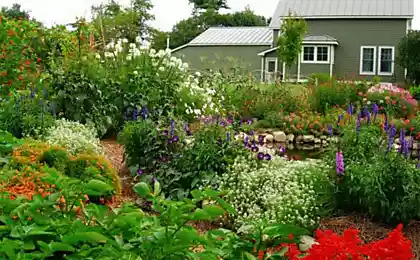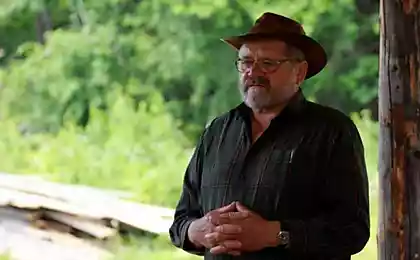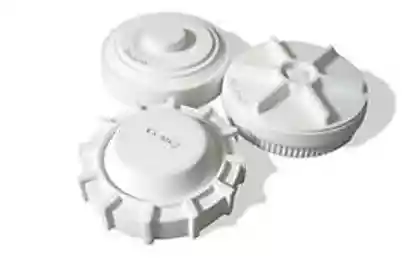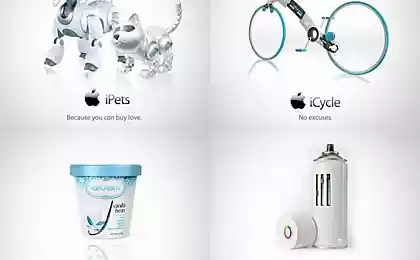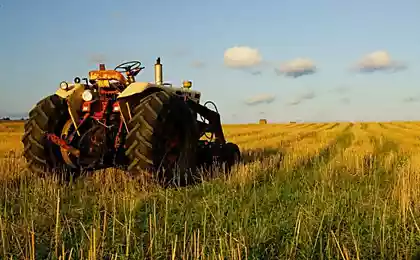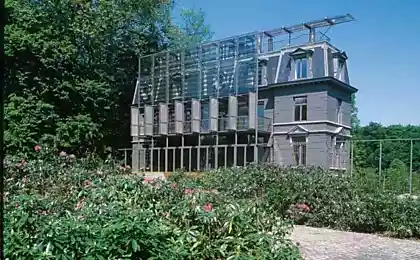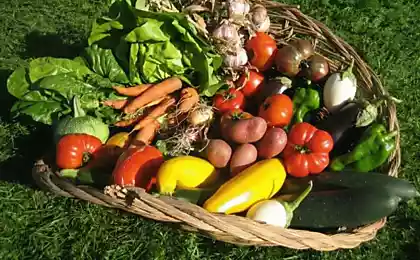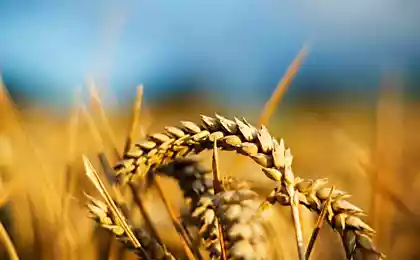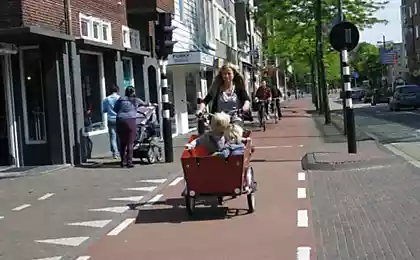464
What is permaculture?
Permaculture (permanent agriculture) is the conscious design and maintenance of productive ecosystems in agriculture, which are characterized by diversity, stability and elasticity of natural ecosystems. It is the harmonious integration of landscape and people providing their food, energy, shelter, and meet other material and non-material needs. Without permaculture is not possible a stable social order.
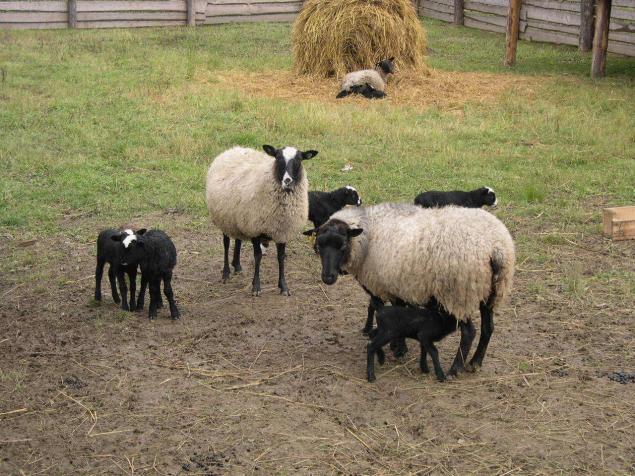
Permaculture design is the integration of conceptual, material and strategic components in the model, has a beneficial impact on life in all its forms. The philosophy of permaculture is to work with nature, not against it; long and thoughtfully to observe, not long and thoughtless act; to consider all their dependencies, and not make demands only to the harvest; and to allow systems to demonstrate their own evolution.
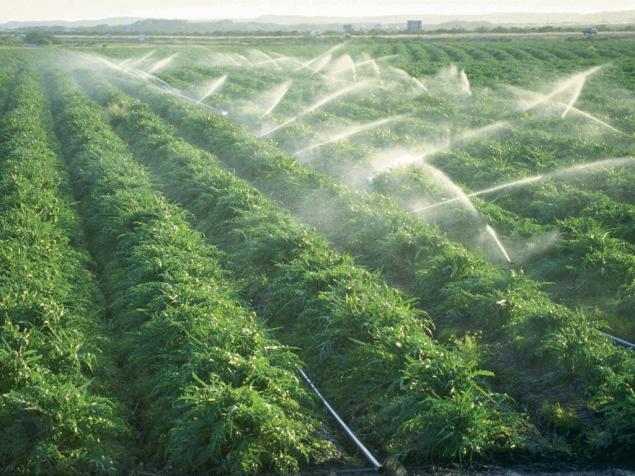
Benefit design as the basis of permaculture can be attached to all ethical knowledge and skills. It has the potential to participate in all areas of human activity. In large landscapes, however, permaculture concentrates on already developed areas and agricultural lands. Almost all of them require in-depth rehabilitation and rethinking. One of the indisputable results of the application of skills to unite the food supply and settlement, to collect water from the roofs of houses and location of nearby areas of forest fuels, which collects wastes and supplies energy, will be able to release most of the planet for the rehabilitation of natural systems. This need will never be considered from the point of view of the "good for man" except in a very broad sense of global health.
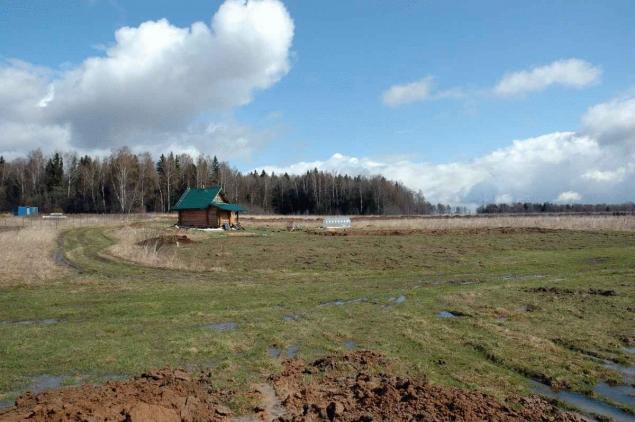
A major difference between artificial (planned) and natural ecosystems is that the vast majority of species (and biomass) in the first intended for use by people or livestock. We are only a small fraction of the community of all primitive or natural species, and only a small part of its products directly available to us. But in our own gardens, almost every plant is selected to provide or to maintain a certain yield for people.
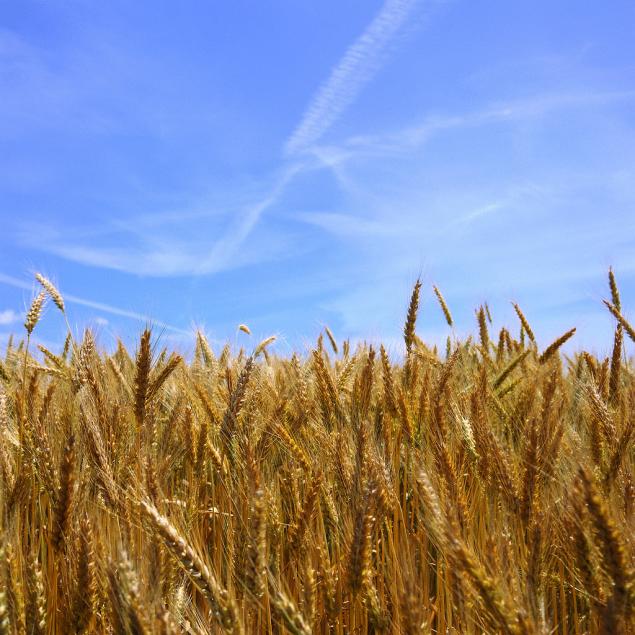
Permaculture as a design system deals primarily with the third of the above statements, but consciously acting people actually subscribe to and under the first and under the second statement. We believe that you should use all the species we need or we find out when planning their own settlements, taking action, so they do not become uncontrolled and aggressive.
Source: /users/147

Permaculture design is the integration of conceptual, material and strategic components in the model, has a beneficial impact on life in all its forms. The philosophy of permaculture is to work with nature, not against it; long and thoughtfully to observe, not long and thoughtless act; to consider all their dependencies, and not make demands only to the harvest; and to allow systems to demonstrate their own evolution.

Benefit design as the basis of permaculture can be attached to all ethical knowledge and skills. It has the potential to participate in all areas of human activity. In large landscapes, however, permaculture concentrates on already developed areas and agricultural lands. Almost all of them require in-depth rehabilitation and rethinking. One of the indisputable results of the application of skills to unite the food supply and settlement, to collect water from the roofs of houses and location of nearby areas of forest fuels, which collects wastes and supplies energy, will be able to release most of the planet for the rehabilitation of natural systems. This need will never be considered from the point of view of the "good for man" except in a very broad sense of global health.

A major difference between artificial (planned) and natural ecosystems is that the vast majority of species (and biomass) in the first intended for use by people or livestock. We are only a small fraction of the community of all primitive or natural species, and only a small part of its products directly available to us. But in our own gardens, almost every plant is selected to provide or to maintain a certain yield for people.

Permaculture as a design system deals primarily with the third of the above statements, but consciously acting people actually subscribe to and under the first and under the second statement. We believe that you should use all the species we need or we find out when planning their own settlements, taking action, so they do not become uncontrolled and aggressive.
Source: /users/147
